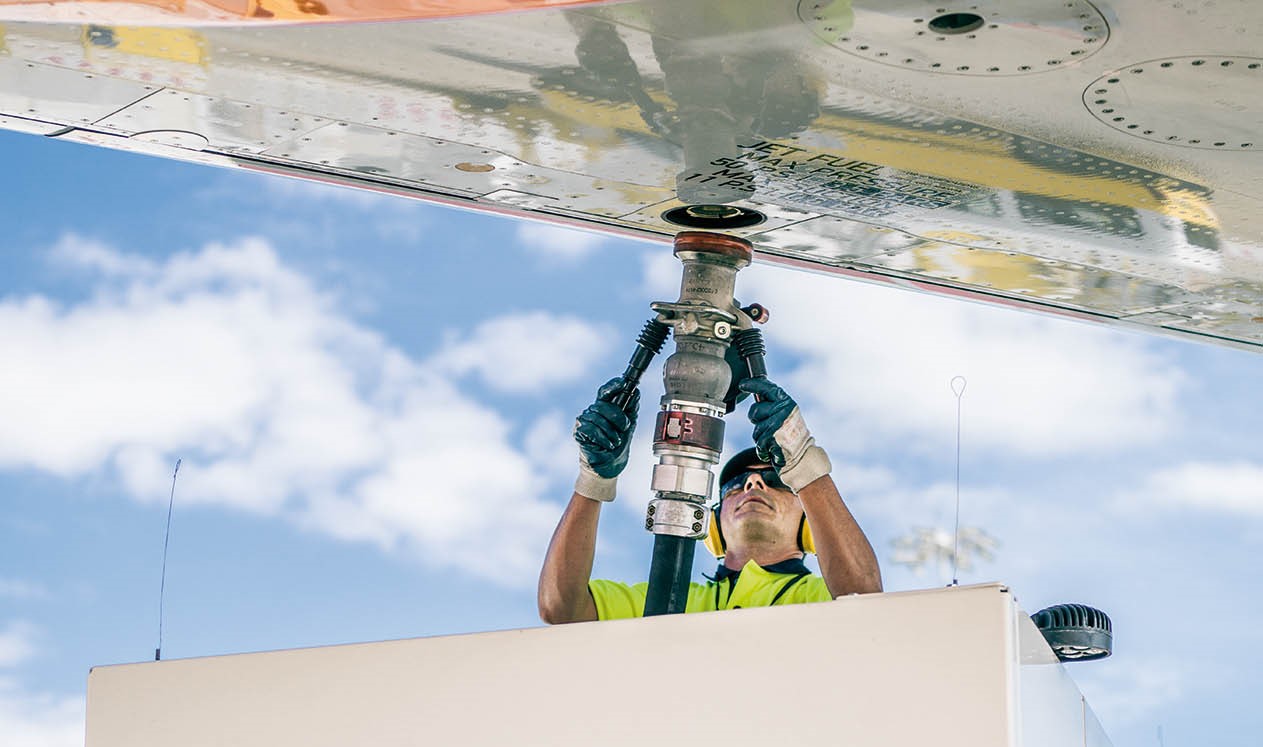Autor
Mariano Marzo
Emeritus Professor of the University of Barcelona

We hear a lot about energy transition. But almost always with excessively specific or very partial approaches. It is therefore worth reflecting on the meaning of the concept in its broadest sense.
There is now a broad scientific consensus that since the industrial revolution, and particularly since the mid-20th century, humans have forced global warming beyond natural climate cycles. This means that the time has come to find ways to "regulate the thermostat" using our ingenuity and cooperative skills. The question is how. To answer this question, it is important to remember that the first step in solving a problem is to formulate it correctly. In this regard, it should not be forgotten that global warming is related to three main groups of factors: 1) socio-economic (demographic and economic growth); 2) energy model (energy intensity and carbon intensity) and 3) amount of CO2 that once emitted can be removed from the atmosphere by natural and/or technological means.
From this perspective, it is clear that global warming is an unexpected dysfunction of the current socio-economic model, of the energy model that sustains it, and of our level of technological development that prevents us from remedying the problem satisfactorily and urgently. We are facing a systemic challenge and we have to ask ourselves what we can do about it. On the one hand, we know that focusing our action on socio-economic factors is unrealistic, but on the other hand, future projections tell us that demographic and economic growth trends will contribute to increasing greenhouse gas (GHG) emissions, i.e. worsening global warming. So we have no choice but to try to compensate for this deterioration through a radical improvement in the energy model and significant, disruptive advances in technological innovation.
The energy transition therefore entails: 1) decoupling demographic and economic growth from the increase in CO2 and other GHG emissions; 2) moving rapidly towards a low energy intensity (efficient) and decarbonised economy (driven by a low carbon mix); and 3) deploying, on a large scale, technologies that enable the removal and reuse of carbon from the atmosphere, fostering a circular CO2 economy to convert, after economic valorisation, current waste into a resource.
An epic task that requires a grand pact or coalition, based on science and technology, including governments, financial institutions, investors, companies, and all social sectors and citizens committed to the fight against climate change.
Article published in La Vanguardia.




